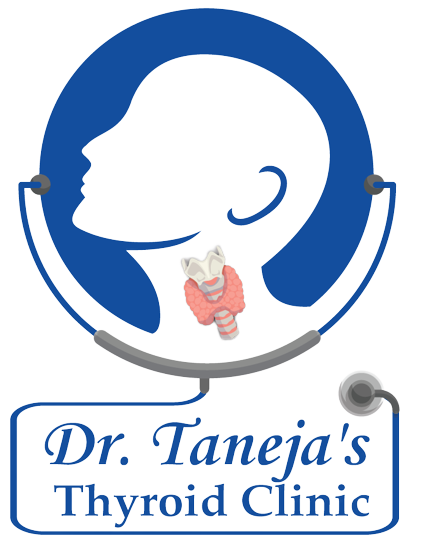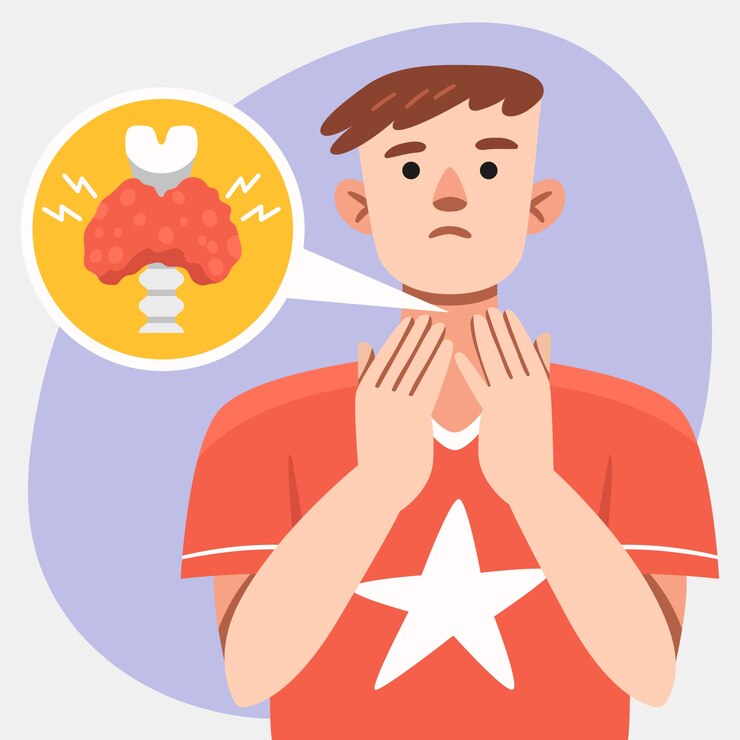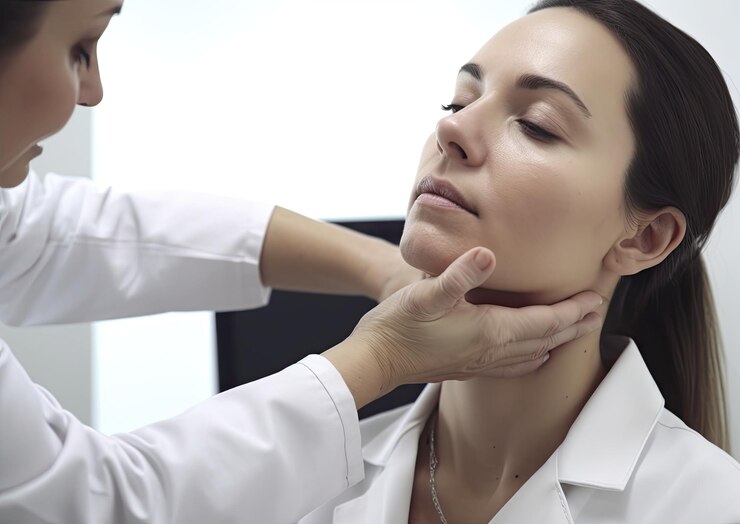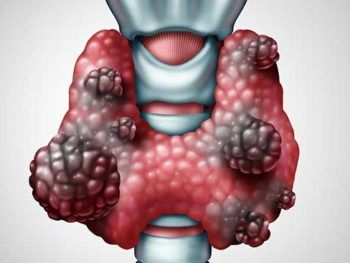Thyroid Nodules In Special Populations: Pediatrics, Pregnancy, And Elderly
Thyroid nodules are a common occurrence in the general population and can be detected in nearly 50% of the population, especially with the use of high-resolution imaging techniques like ultrasound. While the majority of these nodules are benign, there are cases where they can lead to more serious conditions such as thyroid cancer. In special populations like pediatrics, pregnancy, and the elderly, the approach to managing thyroid nodules varies based on age-specific factors and individual health considerations. Let’s delve into the unique aspects of thyroid nodules in these populations.
Thyroid Nodules in Pediatrics
Thyroid nodules in children and adolescents are rare compared to adults but carry a higher risk of malignancy when they do occur. Here are some important points to consider:
- Incidence and Risk Factors: Pediatric thyroid nodules have a higher rate of malignancy (around 20-30%) compared to adults (around 5-10%). Risk factors include radiation exposure, genetic syndromes (such as Cowden syndrome or familial adenomatous polyposis), and family history of thyroid disease.
- Symptoms and Presentation: Pediatric patients often present with a palpable neck mass. Other symptoms might include difficulty swallowing or breathing, hoarseness, or neck pain. However, many nodules in children are asymptomatic.
- Diagnosis: Thyroid ultrasound is a key diagnostic tool, with fine needle aspiration biopsy (FNAB) being performed in nodules that present suspicious characteristics. Given the higher malignancy risk, pediatric nodules should be investigated promptly.
- Treatment Options: Treatment depends on the type and size of the nodule as well as the presence of malignancy. Benign nodules might only require observation, while malignant nodules typically necessitate surgery. Thyroidectomy is the most common surgical procedure.
- Follow-Up and Monitoring: Regular follow-up and monitoring are essential to track the nodule’s size and characteristics. Monitoring may include periodic ultrasounds, thyroid function tests, and additional biopsies if necessary.
- Considerations: Thyroid function tests are essential to monitor for hypothyroidism or hyperthyroidism. In cases of malignancy, the long-term impact on growth and development should be considered.
Thyroid Nodules in Pregnancy
Pregnancy brings hormonal changes that can affect thyroid function and thyroid nodule development. Managing thyroid nodules during pregnancy requires a careful balance to ensure the health of both the mother and the baby.
- Incidence and Risk Factors: The incidence of thyroid nodules during pregnancy may increase due to hormonal changes. Iodine deficiency can also be a contributing factor. A history of thyroid disease or radiation exposure may increase the risk.
- Diagnosis: Diagnosis during pregnancy typically involves a thorough clinical evaluation, including a physical examination and ultrasound. Fine needle aspiration biopsy may be performed if the nodule is suspicious.
- Management and Treatment: Most nodules discovered during pregnancy are benign and may only require monitoring. If surgery is necessary, it is typically postponed until after delivery, unless there are concerns about rapid growth, malignancy, or compression of surrounding structures.
- Monitoring: Regular monitoring during pregnancy includes periodic ultrasound scans and thyroid function tests. If the nodule exhibits concerning changes, further investigation and intervention may be required.
- Considerations: Levothyroxine may be administered to treat hypothyroidism, which is a common condition associated with thyroid nodules during pregnancy. Close collaboration with an endocrinologist and obstetrician is essential to ensure optimal maternal and fetal outcomes.
Thyroid Nodules in the Elderly
Thyroid nodules are more common in the elderly population due to age-related changes in the thyroid gland. Management in this group can be challenging due to comorbidities and overall health.
- Incidence and Risk Factors: The prevalence of thyroid nodules increases with age. Risk factors include a history of radiation exposure, iodine deficiency, and a family history of thyroid disease.
- Diagnosis: Ultrasound and fine needle aspiration biopsy are key diagnostic tools. Given the increased risk of malignancy in the elderly, prompt and accurate diagnosis is essential.
- Management and Treatment: Benign nodules may require only monitoring. Malignant nodules typically necessitate surgery. Treatment plans should take into account the patient’s overall health, comorbidities, and life expectancy.
- Monitoring: Regular monitoring, including ultrasound and thyroid function tests, is important to track the nodule’s characteristics. If there are changes, further evaluation and intervention may be necessary.
- Considerations: The risk of complications from surgery may be higher in the elderly, so a careful assessment of risks and benefits is necessary. Non-surgical options such as radiofrequency ablation or ethanol injection may be considered for select patients.
conclusion
In conclusion, the management of thyroid nodules in special populations like pediatrics, pregnancy, and the elderly requires individualized approaches tailored to the unique characteristics and risks associated with each group. Regular monitoring, prompt diagnosis, and appropriate treatment plans are essential to ensure optimal health outcomes. Collaboration with specialists, such as endocrinologists and other medical professionals, is key to managing thyroid nodules in these populations effectively.








